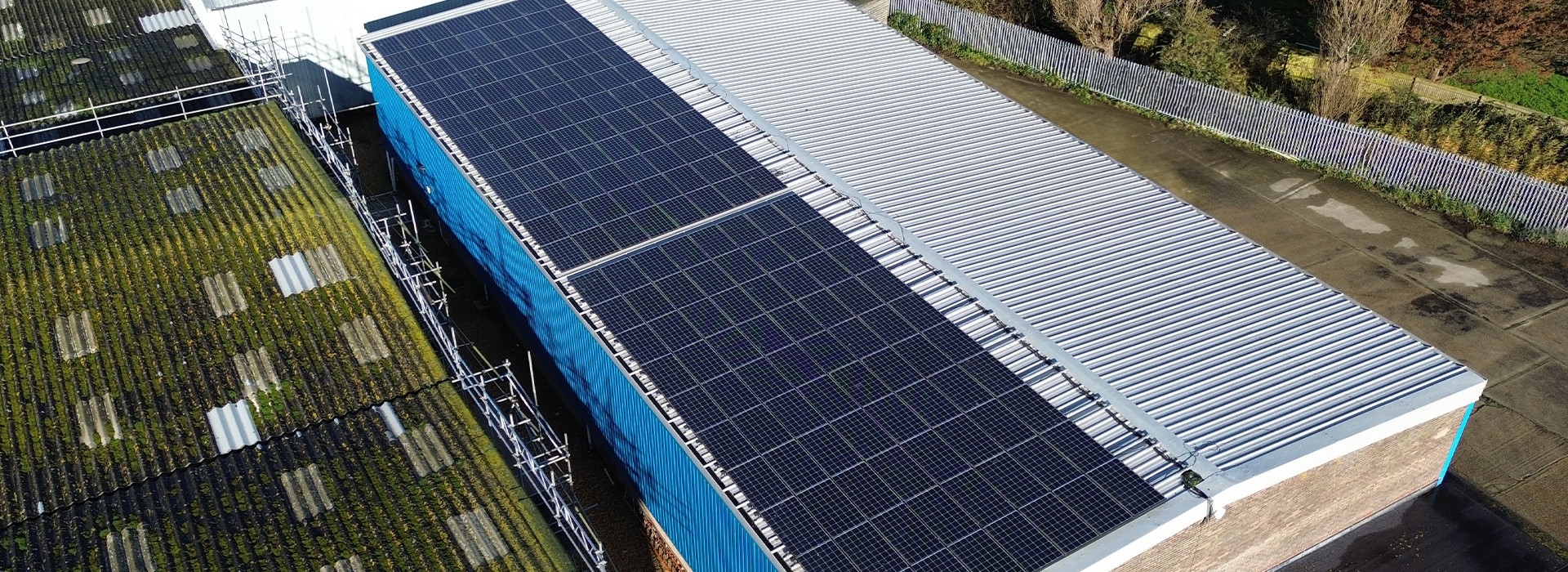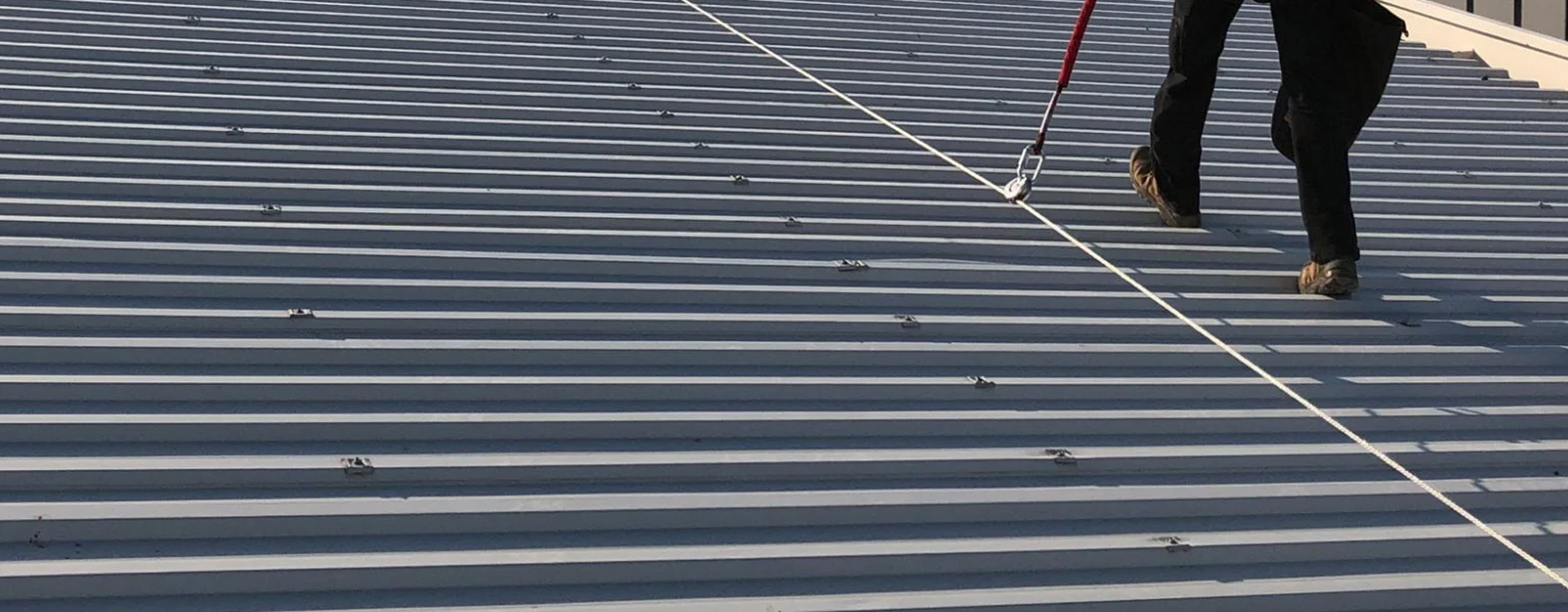Winter brings unique challenges when it comes to roof access in the UK, particularly during icy conditions. Ensuring safety is paramount to avoid accidents and comply with health and safety regulations. Here, we outline the essential dos and don’ts to keep in mind when accessing a roof during winter, with a focus on fall protection.
The Dos
Conduct a Risk Assessment Before accessing the roof, perform a thorough risk assessment. Identify hazards such as ice patches, snow buildup, or weak roof areas. Ensure that a detailed safety plan is in place.
Wear Appropriate PPE Personal Protective Equipment (PPE) is essential. This includes:
Non-slip, insulated footwear
Weather-appropriate clothing
A helmet with a chin strap
A fall arrest harness connected to a certified anchor point
Use Fall Protection Systems Install and use proper fall protection systems, such as:
Guardrails
Safety nets
Fall arrest systems These systems should be inspected regularly to ensure they’re in good condition.
Ensure Proper Training Only trained and competent individuals should access roofs during icy conditions. Training should cover fall protection systems, emergency procedures, and safe movement techniques.
Check Weather Conditions Always monitor the weather before planning roof work. Avoid roof access during extreme weather, such as heavy snow, high winds, or freezing rain.
Clear Ice and Snow Safely Use appropriate tools to remove snow and ice from the roof. Avoid using excessive force or sharp tools that may damage the roof surface. If possible, clear the area around the building to minimise slip hazards below.
Use Proper Access Equipment Ensure that ladders, scaffolding, and access platforms are stable and securely positioned. Inspect them before use to confirm they’re free of ice and snow.
The Don’ts
Don’t Rush the Job Speeding through roof work increases the likelihood of accidents. Take your time to follow safety procedures meticulously.
Don’t Access the Roof Alone Always work with a buddy or team. Having someone nearby ensures help is available in case of an emergency.
Don’t Ignore Warning Signs If a roof area looks unstable or if conditions worsen, stop work immediately. Ignoring warning signs can lead to severe accidents.
Don’t Use Improper Equipment Avoid makeshift solutions like using chairs or unsecured ladders for roof access. Always use certified equipment designed for the task.
Don’t Underestimate the Risks Even seemingly minor hazards, like thin ice or small patches of snow, can result in slips and falls. Treat every winter roof access job with the highest level of caution.
Don’t Neglect Regular Maintenance Ensure the roof and safety systems are well-maintained year-round. Neglecting maintenance can lead to dangerous conditions, especially in winter.
Don’t Forget Emergency Preparedness Always have an emergency plan in place, including first aid kits, contact information for emergency services, and a clear communication strategy.
Conclusion
Accessing a roof during winter in the UK requires meticulous planning, the right equipment, and strict adherence to safety protocols. By following these dos and don’ts, you can reduce the risks associated with icy conditions and ensure the safety of everyone involved. Prioritise fall protection and consult professionals when in doubt to stay compliant with UK health and safety regulations.



